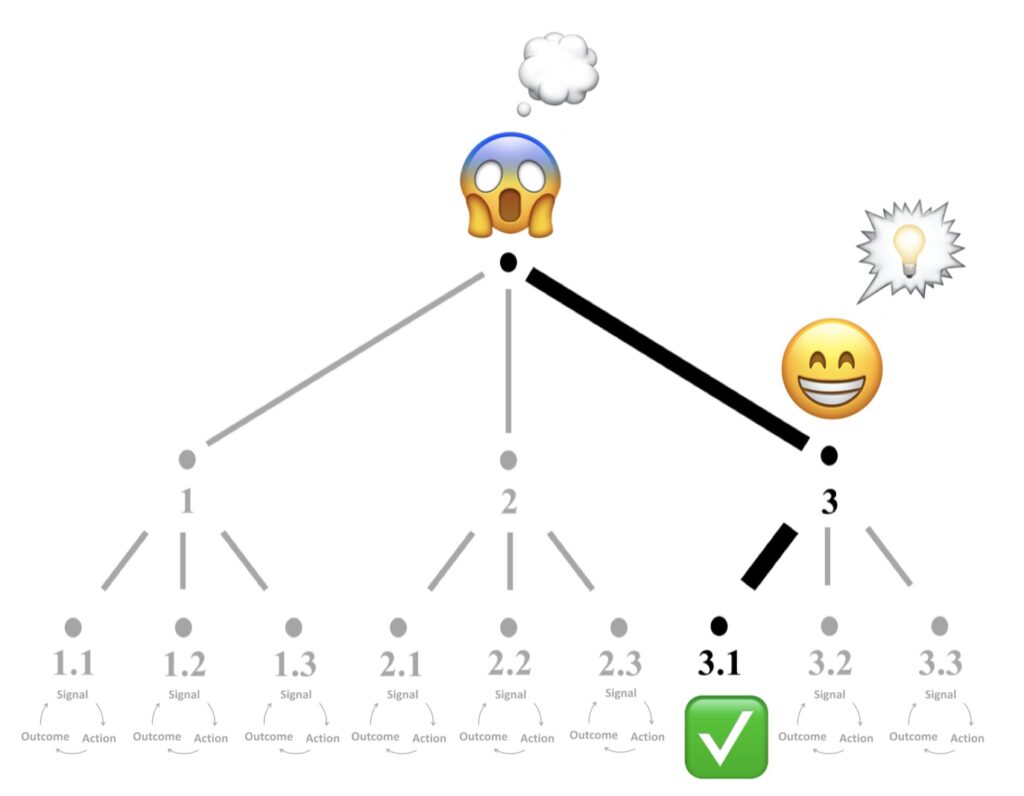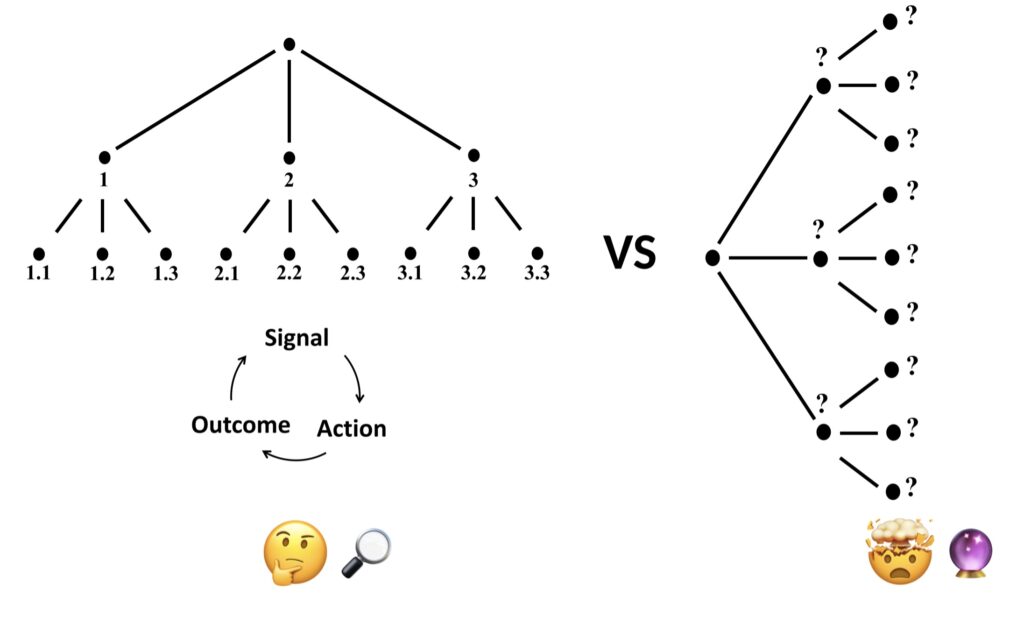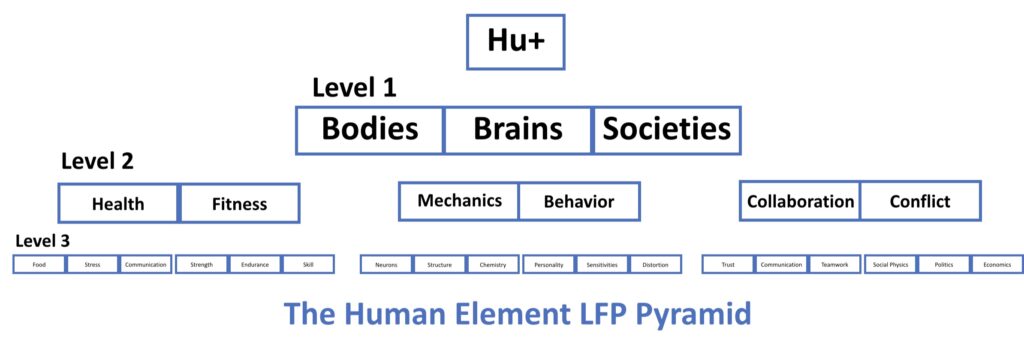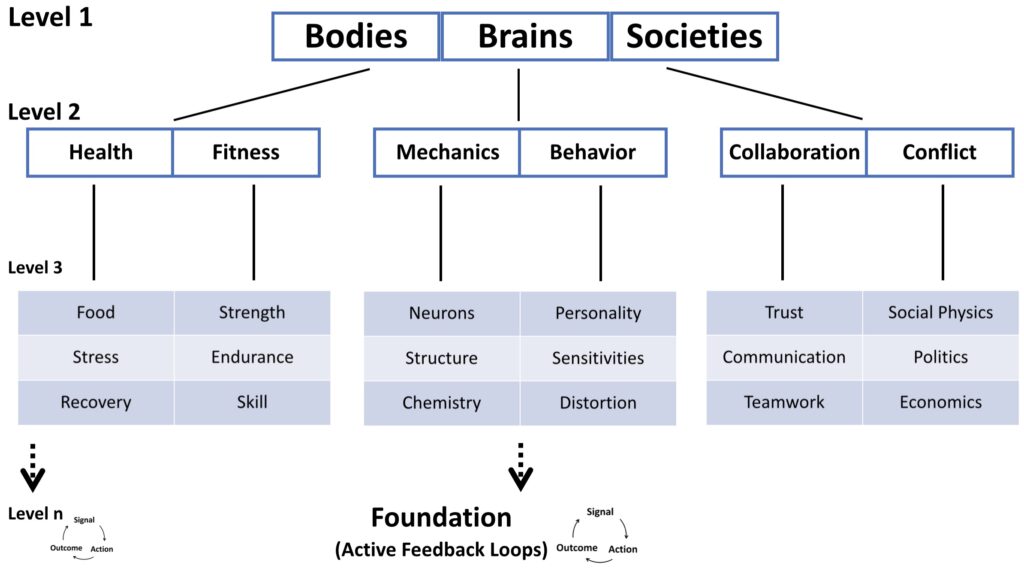(PMM = Picturing Mental Models. A “mental model” is a way to think about something)
I have three pictures I use for a practical “theory of mind”:
1) A Junction Box
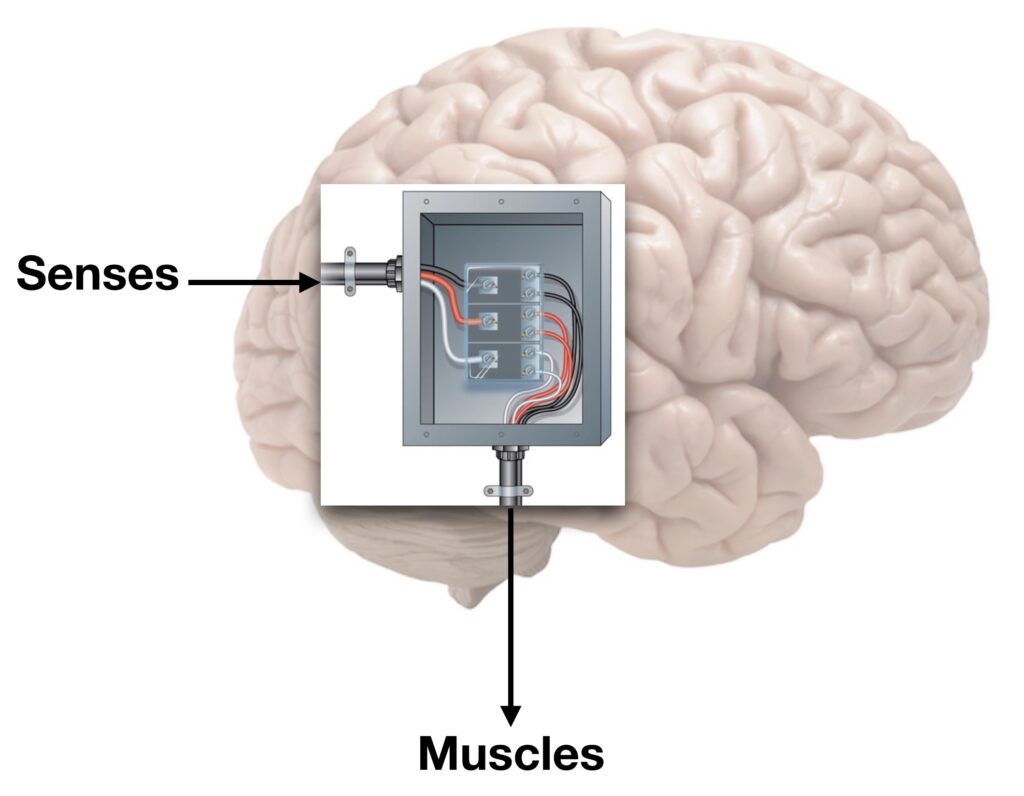
The brain is like a junction box, it links the senses with thoughts (other neurons firing), actions (neurons firing to contract muscles) and emotions (neurons firing to release hormones).
2) An Iceberg
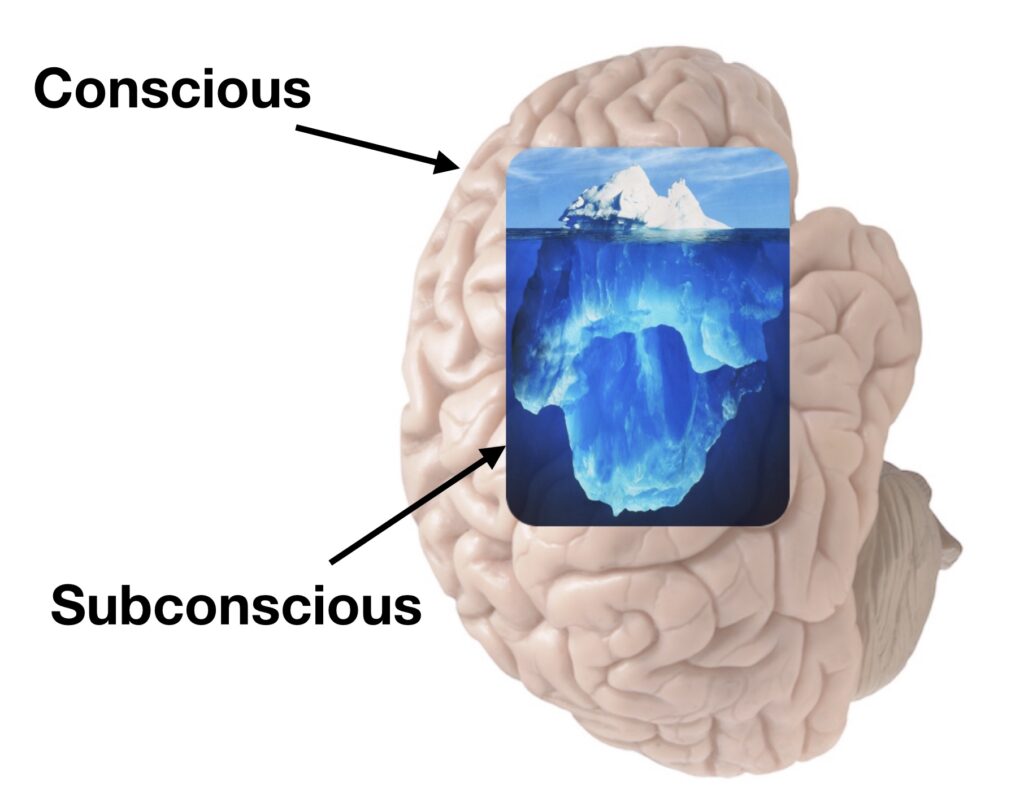
The brain is like an iceberg. Most of the activity is below the surface.
We’re not aware of most of the signaling going on inside our heads.
There is a ton of information from sensory cells which is constantly being filtered out and happening below our conscious level of awareness.
3) Rain Chains

This one is subtle, but powerful. In many ways it expands on the idea of the iceberg.
Neurons are like a rain chain. Rain chains channel water from gutters on the roof to the ground. Neurons channel sensations into thoughts, emotions and actions.
Here’s a picture of a fancy rain chain made of watering cans which makes the the concept a little easier to see:

With the watering can rain chain, water flow is slowed down, which makes it easier to visualize a couple interesting aspects:
- The water coming out of the spouts is a collection of water from all across the roof. Likewise, our actions, thoughts and emotions are generated by a dynamic mix of sensations (a bunch of individual neurons firing).
- Water continues to flow out of the bottom of the rain chain after the rain stops hitting the roof. Likewise, we can have thoughts, actions and emotions which are disconnected from the initial trigger.
These three pictures provide the foundation for 1st principles which I’ve found extremely useful when it comes to learning and performance:
- The brain does two things: it filters and it links.
- At any given moment there is a finite amount of energy available in the brain to fire neurons.
- At any given moment I’m only aware of a small part of what’s going on in my head.
With these 1st principles in mind, I’ve found it helpful to simplify learning as a process of tuning filters and growing links. My filters determine what captures my attention and my beliefs are stored as links between information.

